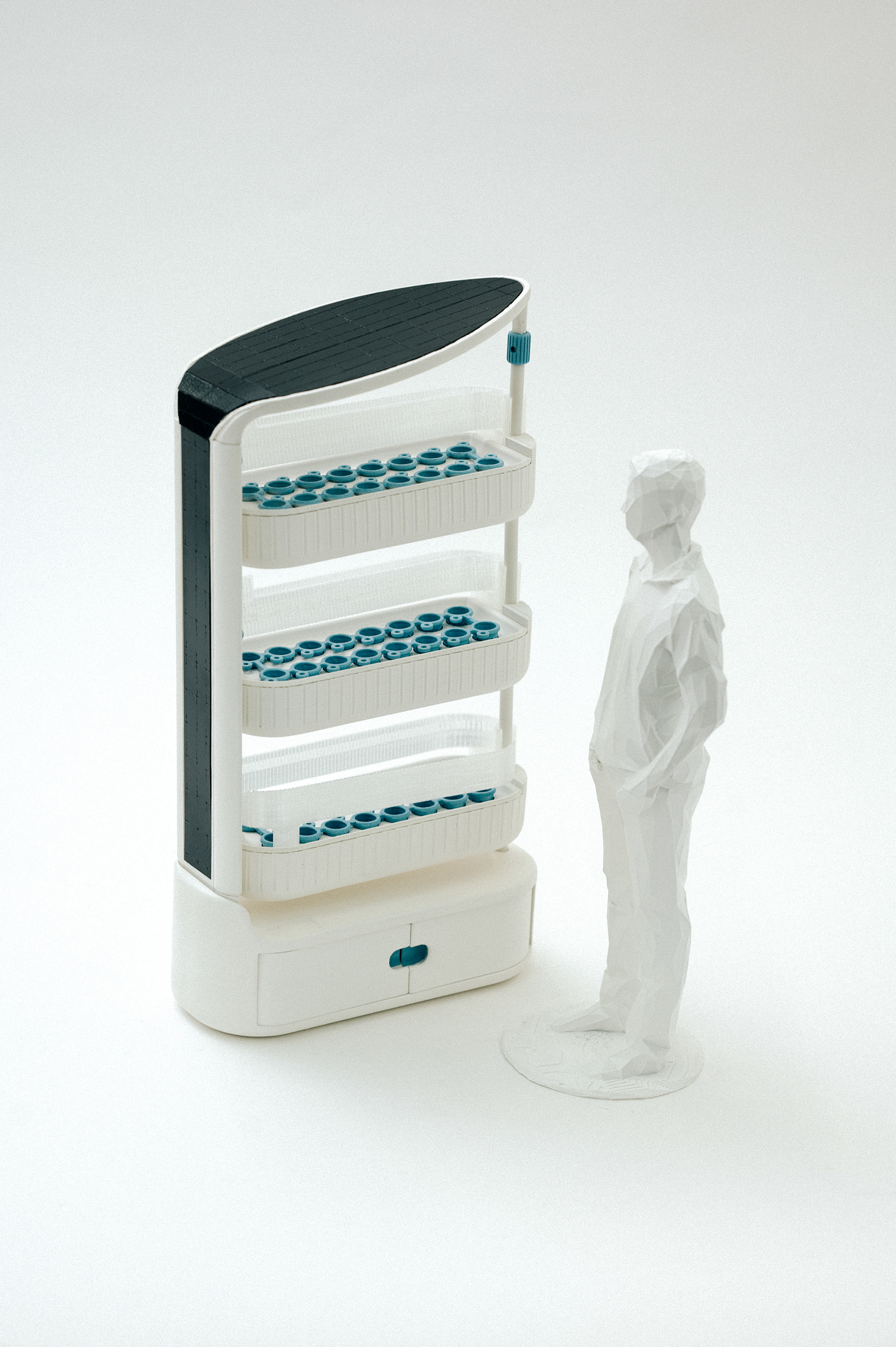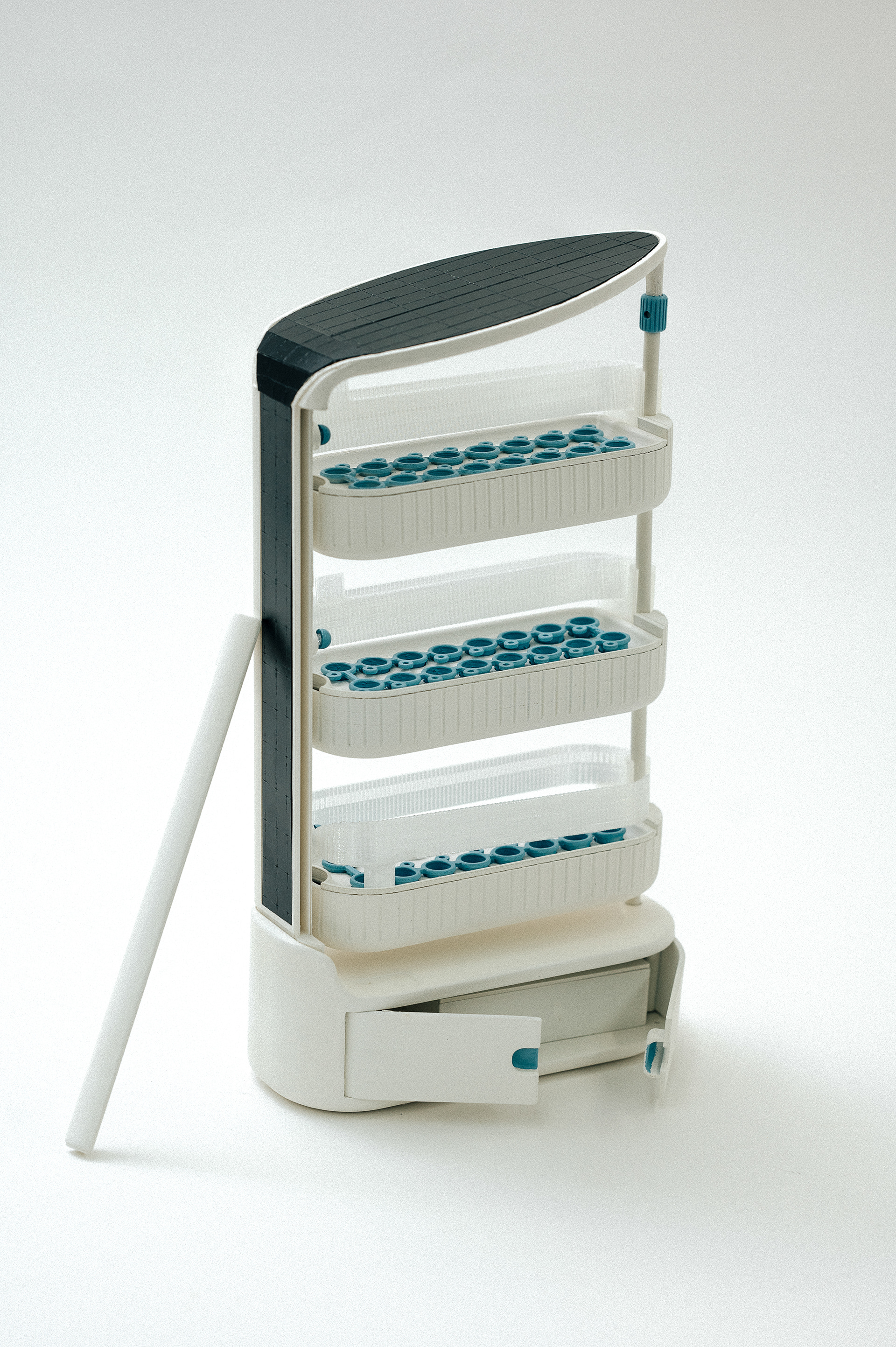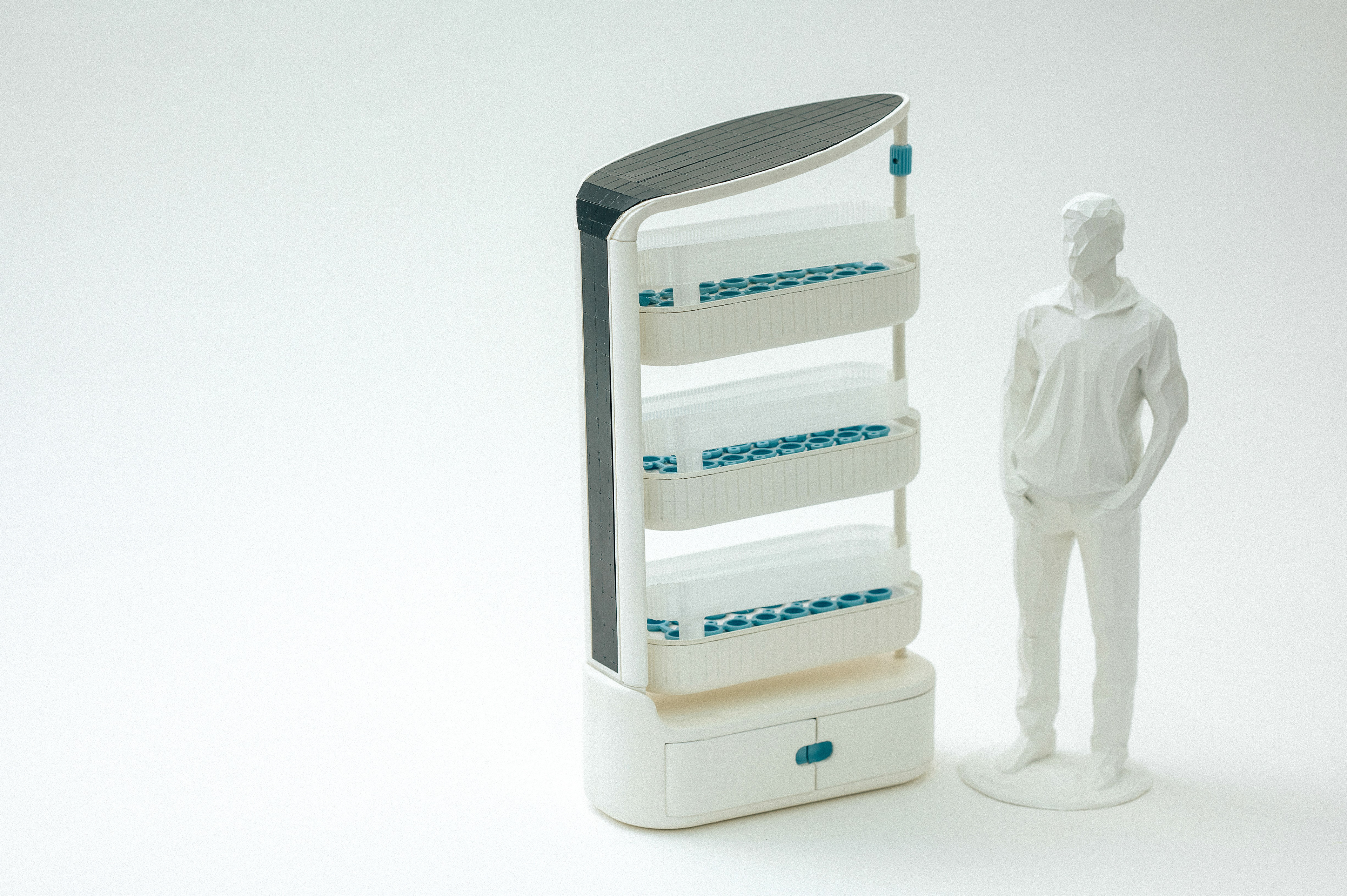Enhancing Food Security by Empowering the Urban Community
Wars, pandemics like COVID-19, and other global crises demonstrate the importance of decentralizing food and energy production, rather than relying solely on large, vulnerable power plants. Now, more than ever, we are witnessing the necessity of strengthening food security in the face of global challenges that are contributing to food shortages worldwide. Metro Poly offers a solution to the scarcity of fresh agricultural produce in urban areas through the use of hydroponic systems installed on the rooftops of shared residential buildings, powered by renewable energy. These underutilized rooftops are transformed into green, cultivated urban gardens. The project responds to the changing and challenging global reality, presenting a new approach to consuming agricultural produce, fostering a collaborative community, minimizing overconsumption and food waste, while reducing the cost of healthy, essential food.
"
Humanity is always a millimeter away from catastrophe when it comes to food.
Professor Nimrod Luz, a cultural geographer researching aspects of food
In Israel, 1.4 million people live in food insecurity. The causes are climate change, population growth, food waste, and the high cost of healthy food. This is a worrying statistic, especially considering that by 2050, 16 million people will be living in Israel alone.
How much food will we need then?
Food supply will need to increase by 77% to feed 16 million people.
The system aims to prevent future food insecurity and is designed to provide a smart and green solution for growing food in urban spaces, utilizing unused areas and creating a local and fresh food source.
Welcome To Scroll

The app designed for the hydroponic system offers users a seamless way to monitor and manage their urban rooftop garden. Through an intuitive interface, the app provides real-time data on plant growth, water levels, and solar energy usage. Users can schedule irrigation, adjust light settings, and even receive notifications on when to harvest or perform maintenance. The app also fosters community interaction by allowing users to share tips, track their sustainability efforts, and connect with other urban gardeners. By creating an urban agricultural community, the app promotes collaboration, knowledge sharing, and support among users, furthering food independence and sustainable living in urban environments.
User Profiles
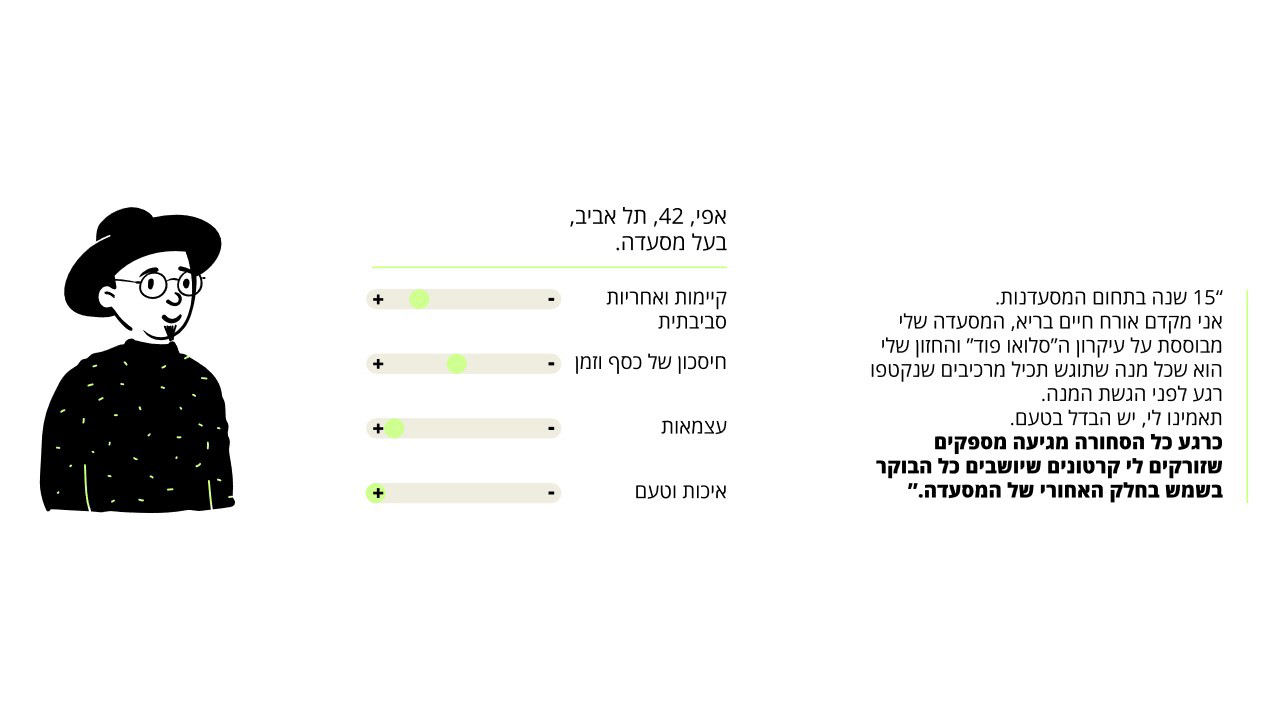
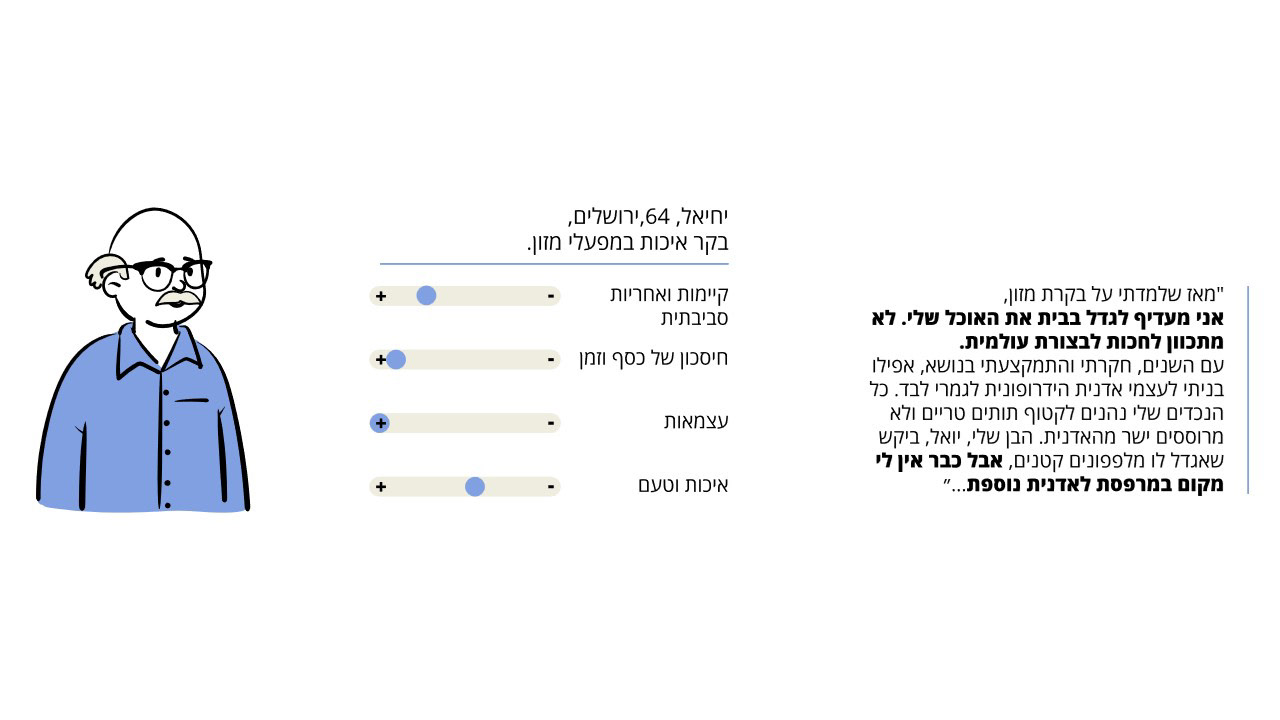
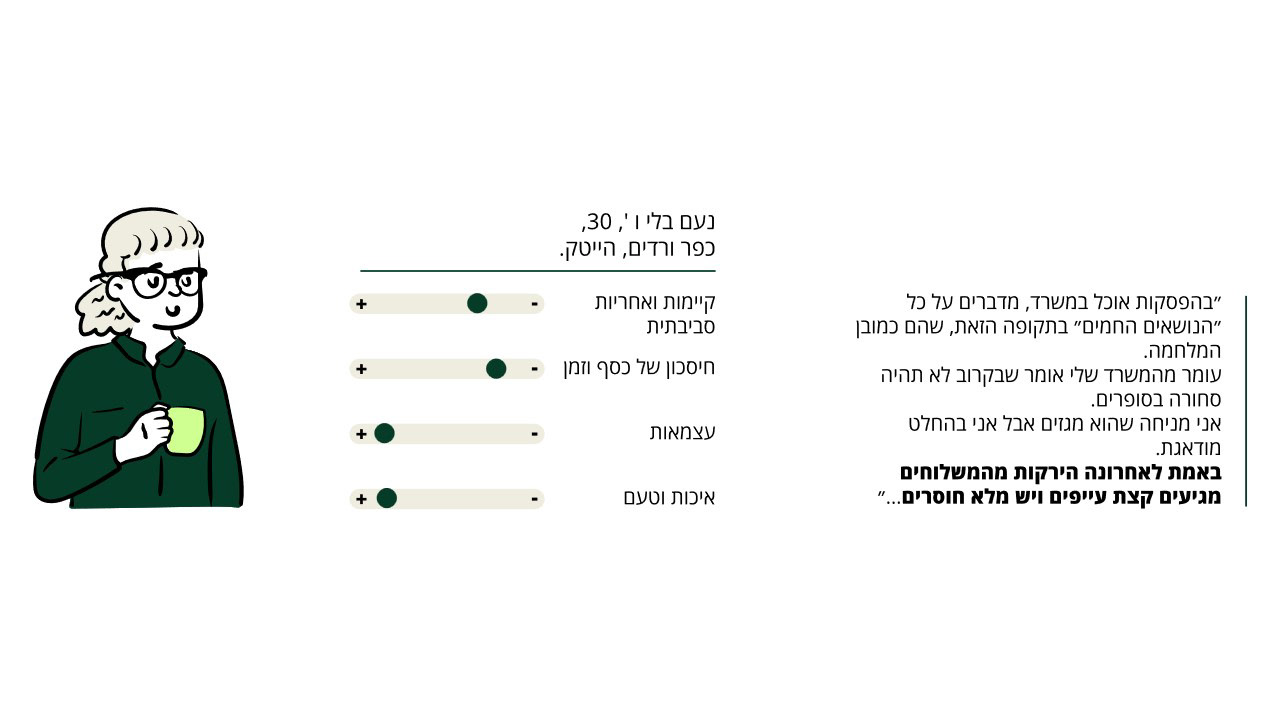
Wireframe

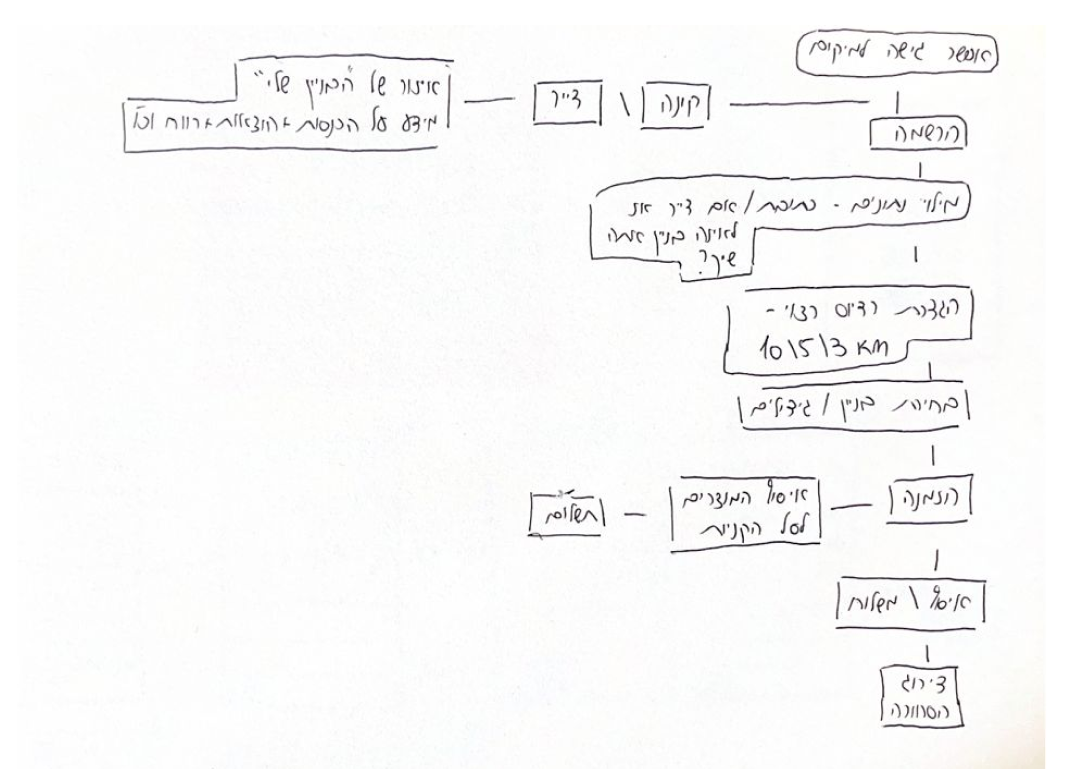
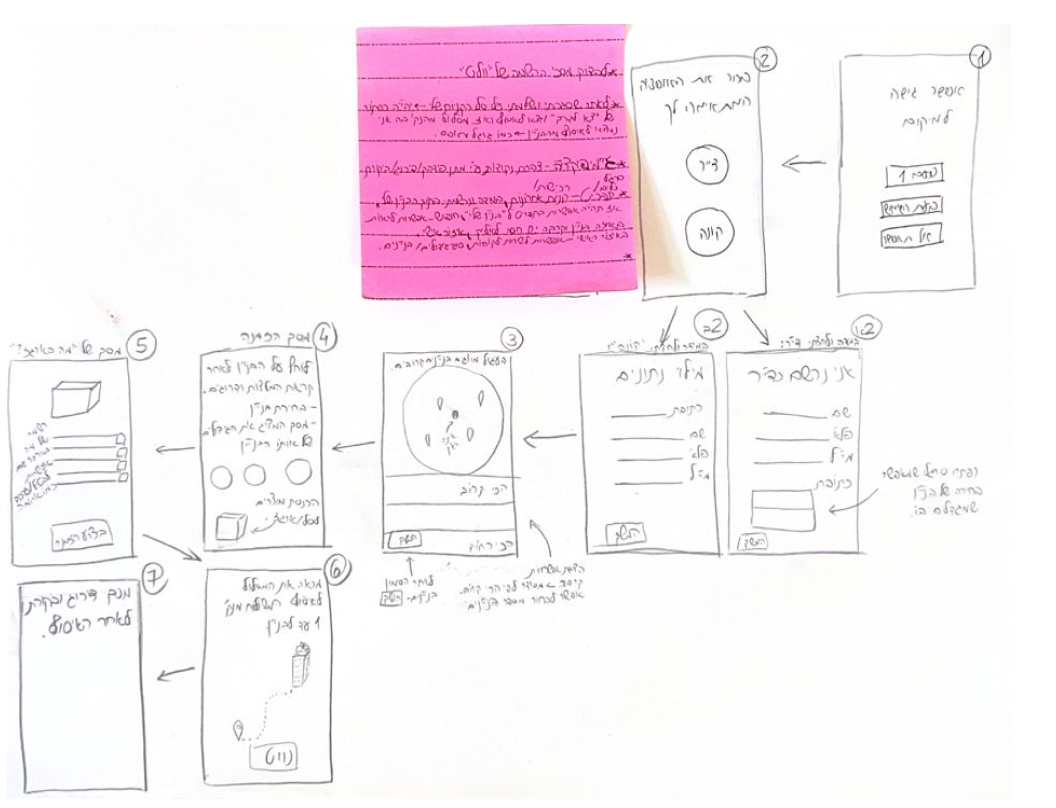
The system integrates solar energy, allowing for energy savings and reduced operational costs. Its vertical design enables optimal use of rooftop space, allowing for the cultivation of more plants in a small area. Additionally, the use of transparent components increases sunlight exposure to the plants, improving photosynthesis. All of this is achieved using durable and low-maintenance materials, ensuring a reliable and sustainable system.




The system is designed for installation on the rooftops of apartment buildings in urban areas. The choice of this location stems from the need to utilize underused spaces in cities and provide a smart and green solution for food cultivation. The rooftops of these buildings offer a large and accessible area, allowing for the installation of a hydroponic system that provides fresh produce to the residents of the city. Additionally, installing the system on rooftops maximizes sunlight exposure, enabling the operation of the system through solar energy and reducing operational and energy costs.
Economic Model
The model ensures low costs and efficient operation of the system, taking into account the needs and conditions of urban areas.
The model ensures low costs and efficient operation of the system, taking into account the needs and conditions of urban areas.
Business Model
This model includes three participants, each of whom contributes something and also receives benefits.
This model includes three participants, each of whom contributes something and also receives benefits.
As part of the research, I developed a feasibility model that operated on solar power.









1:15 scale model
